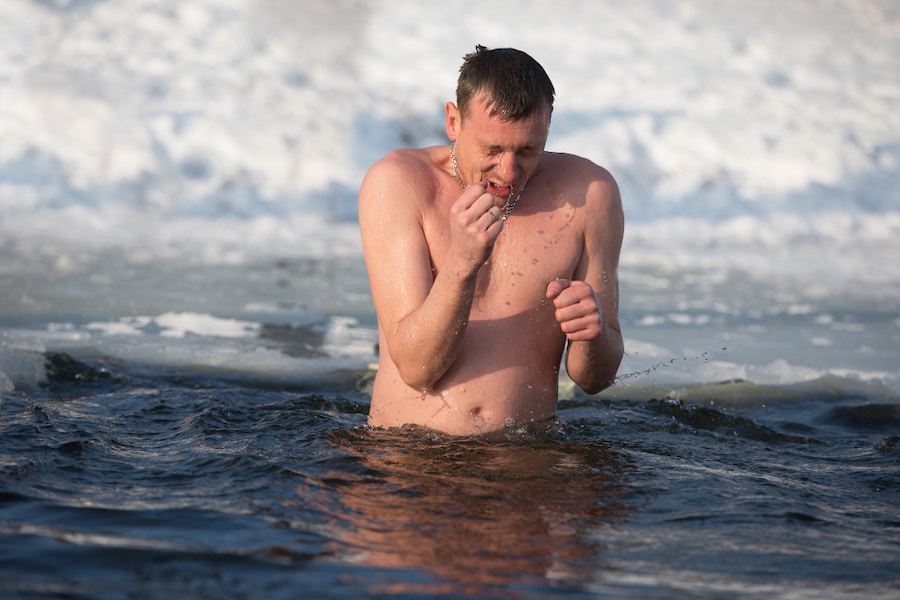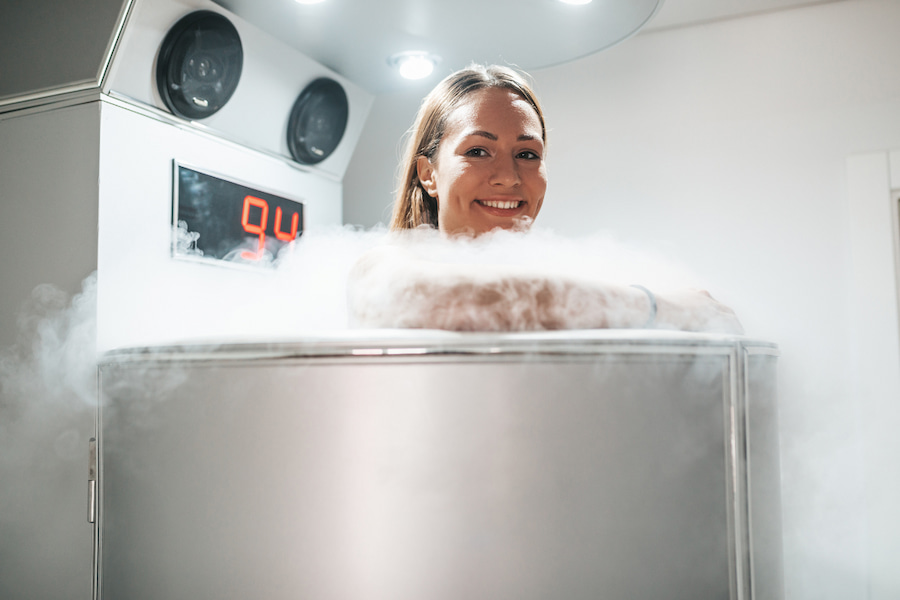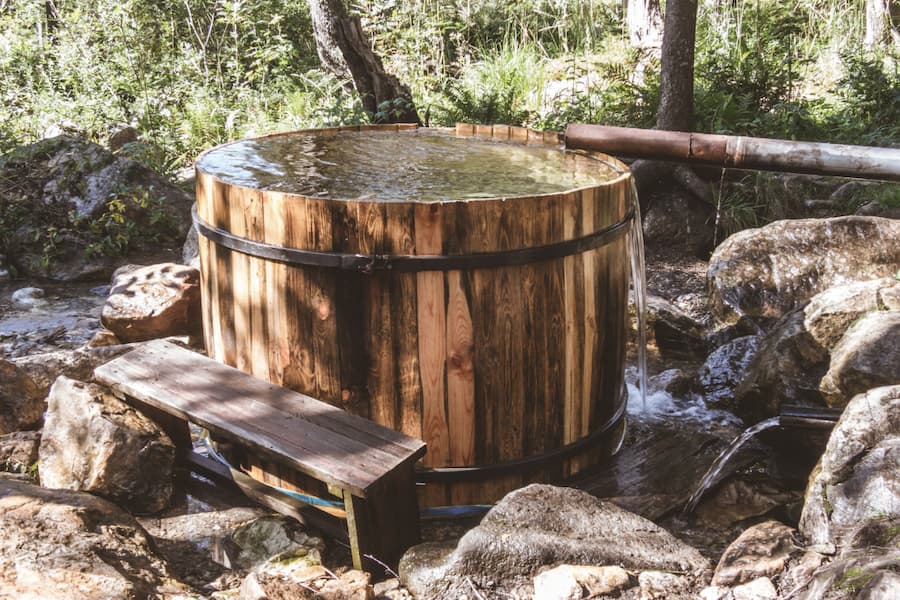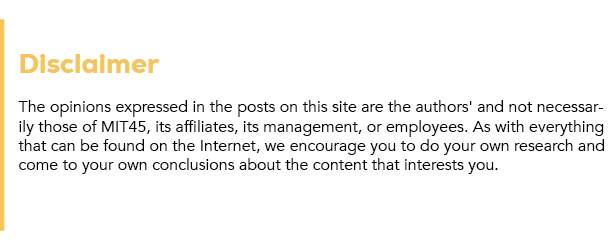Initially, exposing your body to cold temperatures may sound like a special kind of torture. However, many cold plunge enthusiasts swear by the cathartic benefits to both body and mind. The cold water acts as a shock to your system at first, but pushing past the initial discomfort may provide perks for health and wellness.
Curious about cryotherapy, cold plunges, and other cold exposure methods? Understanding the benefits and risks can help you decide if cold therapy could be a good fit for you. Fortunately, many methods can be engaged at home!
The Science Behind Cold Exposure
Even though cold water immersion and therapy may date back to ancient Egypt or Greece, scientific evidence on cold exposure remains relatively sparse. Regardless, everyone from athletes to at-home amateurs have adopted methods like cold plunges in an effort to boost well-being. In fact, many people view cold exposure as a form of biohacking, or a strategic way to enhance the body’s natural abilities.
There are a few facts known about the cold from existing evidence—namely, that it removes heat, can reduce core temperatures and temperatures of body tissues, and may alter circulation. Cold is described by scientists as one of our body’s most significant stressors, and one that creates a noticeable physical response that can be interesting to observe and experience. Depending on the health benefits you’re looking for, getting your body to a colder state for a relatively short amount of time may be desirable.
One helpful note to keep in mind is that the term cryotherapy is typically used broadly to describe any method using cold temperatures in a therapeutic way. In other words, cryotherapy is a sort of umbrella term that includes ice, cold water, or cold air. This means that cold plunges, cold showers, and cryotherapy centers could all fit into the cryotherapy category.

Depending on the health benefits you’re looking for, getting your body to a colder state for a relatively short amount of time may be desirable.
What Happens When the Body Gets Cold?
When first exposed to the cold, your body will likely exhibit a stress response. This includes a rise in heart rate, stress hormones (like adrenaline), and breathing speed to compensate for the cold temperatures. Then, predictably, your body will start to shiver in an effort to stay as warm as possible.
This is where many weight loss claims come from, since shivering activates muscle groups and may improve insulin sensitivity (ultimately leading to better blood sugar balance). However, more studies are needed to confirm these results and confirm their safety for certain populations, like type-2 diabetics.
Essentially, exposing your body to cold is seen as a sort of special “workout” for the body. It forces the body to adapt to the cold by engaging the metabolism and prompting it to produce body heat. The long-term effects of cold exposure are largely unknown, but initial research seems promising.
Benefits
Pushing past and embracing this initial state of chilly discomfort is rumored to have profound benefits. Daily cold plunge and cold shower participants using the methods for mental health reasons report that withstanding the cold water reminds them that they’ve already overcome one difficult experience for the day. Like a special kind of mantra, they feel the cold exposure better equips them to deal with the day enhanced with an added sense of ease.
For some reasons still unknown, there’s a moment when the cold supposedly turns into calm, and a release of endorphins may occur. Relatively recent research suggests that since cold can produce a numbing sensation, it may reduce the perception of pain, and may have special applications in people suffering from chronic pain.
Perhaps the most popular setting for cold therapies has been in the exercise world. It’s not uncommon for athletes to participate in a cold bath after practice, since cryotherapy is believed to improve recovery, dampen an inflammation that occurs after exercise, and delay muscle soreness.
Another leading theory is that cold temperatures help utilize brown fat. This type of fat helps the body to burn calories for heat in order to regulate body temperature. Since this process happens right before you start to shiver, researchers are looking for ways to apply cold exposure in the weight loss world.
Risks
Especially if you’re interested in at-home cold therapy, it’s important to follow established protocols in order to ensure safety. Methods with ice may be more risky than methods with cold water or cold air, since the body may lose heat more quickly when exposed to ice.
As with any water activity, cold water plunges or winter swimming also carry the added risk of drowning. For some individuals, the cold temperatures may induce a sort of shock, loss of consciousness, or even prompt cardiac arrest in rare cases. Another significant risk of cold exposure is hypothermia, which occurs when cold temperatures cause the body’s temperature to plummet faster than body heat is able to be produced.
The period following a plunge is important, too, since cold blood from the extremities (like hands and feet) starts to flow back into the core of the body. This can cause core body temperatures to drop, so it’s important to warm the body through bundling up and movement afterwards.
Recommendations
It can be helpful to approach cold exposure like exercise. If you’re a beginner, it’s recommended to start with a shorter duration and low intensity. Also, cold air and cold water methods may be preferred among beginners. As you get more used to the cold temperatures, your body may adapt to longer durations and more intense methods, like ice. Even short amounts of time (such as a few minutes once a week) are thought to make a difference, so the “more is better” approach doesn’t necessarily apply to cold exposure.
In general, it’s important to consider the size of the area you’re intending to cool. This can inform the type of therapy you chose to use. For example, an ice pack might be appropriate for a backache, while whole-body cryotherapy may be tried for more generalized aches and pains.
Keep in mind that not all health claims about cryotherapy are true and those focusing on weight loss and immune health may be particularly suspicious. It’s always a good idea to consult your healthcare team about any personal risks you may experience, especially if you have lung or heart problems. They may be able to recommend a type of cold exposure that puts you at lower risk and meets your individual needs.

Although particularly popular among athletes, whole-body cryotherapy (WBC) has gained acclaim among non-athletes, too.
5 Popular Types of Cryotherapy
The best thing about cold exposure? Many cold therapy methods can be tried at home! In general, water and air are thought to be a more efficient way to get to a greater surface area, while ice may be better for more localized aches and pains.
Localized Ice Application
Probably the most approachable way to start using cold therapy as part of your health and wellness practice is with ice packs. A common type of home care for minor injuries, ice packs are thought to reduce swelling and sensitivity to pain.
If you’re using ice packs at home, it’s recommended to wrap them in a thin towel or cloth in order to protect your skin and tissues from the damage that can be caused by direct cold. As with other methods, only a short amount of time is recommended. Experts say 10-20 minutes should do the trick.
Starting the Day with A Cold Shower
While not a cure-all, starting your day with a cold shower may have some benefits. Ultimately, in response to the cold, your body briefly switches into “survival mode” and begins to redirect blood flow to your core. Getting your blood pumping in this way may have a positive effect. In fact, one Dutch study suggested that cold showers lasting 30-90 seconds may result in less days missed at work due to illness.
Interested in trying the cold shower method at home? The benefits are thought to kick in once the water temperature goes to 60℉ or below. As suggested in the study above, start by trying to withstand 30 seconds, then work your way up to 60 seconds, then 90 seconds.

Many cold therapy methods, like a cold plunge tub or ice bath, can be tried at home.
Cold Water Immersion, Baths, and Plunges
Thanks to social media, at-home cold plunge tubs have been receiving a lot of hype lately. Specialized tubs can cost thousands of dollars, but an ice bath can be as simple as filling your tub with cold water with a bag or two of ice.
Similar to a cold shower, between 50℉-60℉ is thought to be the optimal temperature, and it’s recommended to slowly submerge yourself. Staying in the ice bath any longer than 15 minutes may increase your risk of hypothermia. Breathing and meditation are thought to help while you’re in the tub, and don’t forget to have your warm clothes ready for when you hop out! It’s also helpful to set a timer, so you don’t lose track of time.
Whole-Body Cryotherapy
Although particularly popular among athletes, whole-body cryotherapy (WBC) has gained acclaim among non-athletes, too. WBC, sometimes called a freezing tank, is most often accomplished in specially designed chambers at spas or wellness centers that use cold air (usually cooled with liquid nitrogen or by using refrigerated air).
Typically, a WBC cryotherapy session starts with an adaptation period, with temperatures around 32℉ for 30 seconds, followed by 2-3 minutes of cold exposure to super-cooled air, with temperatures reaching as low as -150℉ to -300℉. While not as portable as at home tanks or tubs, some people prefer WBC to other methods.
Winter Swimming
In colder climates, sufficiently chilled water exists just outdoors! For example, the winter swimming tradition among the people of Scandinavia is said to make them happier and healthier individuals. If you’re an experienced cold plunger, in good health, who has a cold body of water close to your home, it may be worth taking a dip for a few minutes at a time (but only if you’re acclimated to the cold temperatures).
Takeaways on Cold Therapy
There are many types of cold exposure, each differing in temperature, risks, and benefits. If you’re interested in trying cryotherapy, or already using it as a daily practice, it’s important to check with your doctor to confirm that it’s safe for you to do. Understanding both the risks and benefits can help you to engage in these chilly endeavors in a safer way, and can encourage you to use the proper application depending on your desired results.
Can’t get enough of the cold? Learn more about making cold weather exercise more safe and sustainable, along with ways to create your own workout plan for chilly temperatures.
References
Allan R, Malone J, Alexander J, Vorajee S, Ihsan M, et al. Cold for centuries: a brief history of cryotherapy to improve health, injury and post-exercise recovery. Eur J Appl Physiol. 2022;122(5):1153-1162.
Beard A. Cold Shower Lead to Fewer Sick Days. Harv Bus Rev. 2018;March-April:34-35.
Bouzigon R, Arfaoui A, Grappe F, Ravier G, Jarlot B, Dugue B. Validation of a new whole-body cryotherapy chamber based on forced convection. J Therm Biol. 2017;65:138-144.
Centers for Disease Control and Prevention. Prevent Hypothermia & Frostbite. Cdc.gov. Published February 2019.
Cleveland Clinic. Brown Fat. My.clevelandclinic.org. Published August 2022.
Cleveland Clinic. Are Cold Showers Good for You? Health.clevelandclinic.org. Published June 2021.
Food and Drug Administration. Whole Body Cryotherapy (WBC): A “Cool” Trend that Lacks Evidence, Poses Risks. Fda.gov. Published July 2016.
Johns Hopkins Medicine. Cryotherapy Cold Therapy for Pain Management. Hopkinsmedicine.org. Accessed November 2023.
Knechtle B, Waśkiewicz Z, Sousa CV, Hill L, Nikolaidis PT. Cold Water Swimming— Benefits and Risks: A Narrative Review. Int J Environ Res Public Health. 2020;17(23):8984.
Kwiecien SY, McHugh MP. The cold truth: the role of cryotherapy in the treatment of injury and recovery from exercise. Eur J Appl Physiol. 2021;121:2125-2142.
Lombardi G, Ziemann E, Banfi G. Whole-Body Cryotherapy in Athletes: From Therapy to Stimulation. An Updated Review of the Literature. Front Physiol. 2017;8:258.
Manolis A, Manolis S, Malois A, Manolis T, Apostolaki N, Melita H. Winter Swimming: Body Hardening and Cardiorespiratory Protection Via Sustainable Acclimation. Curr Sports Med Rep. 2019;18(11):401-415.
Masterclass. Ice Bath at Home: How to Take an Ice Bath. Masterclass.com. Published August 2021.
Schmerling RH. Cryotherapy: Can it stop your pain cold? Health.harvard.edu. Published October 2020.
Søberg S, Lӧfgren J, Philipsen FE, Jensen M, Hansen AE, et al. Altered brown fat thermoregulation and enhanced cold-induced thermogenesis in young, healthy, winter-swimming men. Cell Rep Med. 2021.
Stone W. Ready to cold plunge? We dive into the science to see if it’s worth it. Npr.org. Published October 2023.




